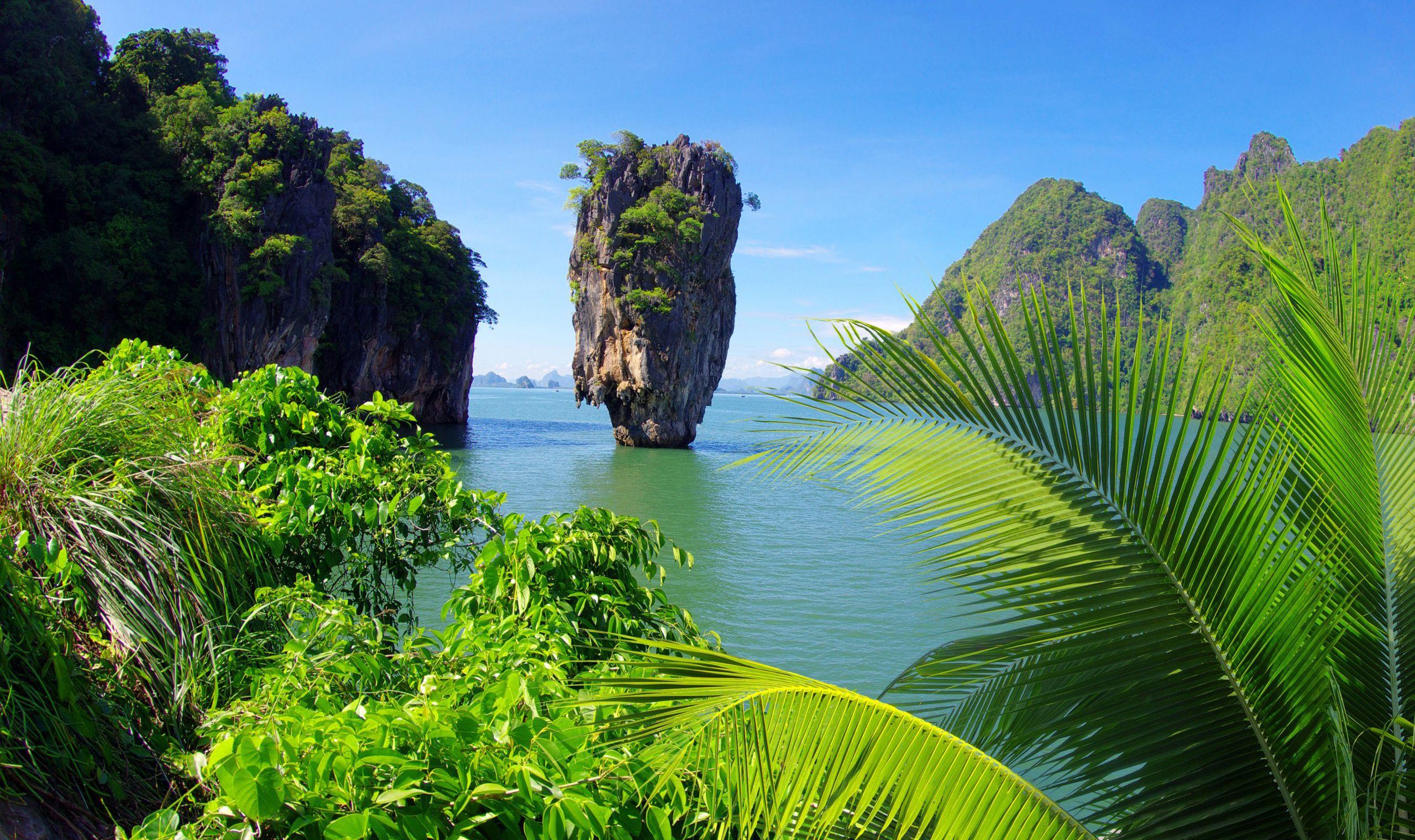Mexico, a country renowned for its rich cultural tapestry and stunning landscapes, harbors numerous intriguing aspects that often remain underappreciated. Often overshadowed by its popular tourist spots and culinary fame, there are lesser-known facts about this vibrant nation that are sure to captivate and astonish. Below are three surprising facts about Mexico that illuminate its unique identity and historical significance.
1. The Existence of Ancient Underground Rivers
Among the myriad wonders Mexico offers, one of the most fascinating is its intricate network of underground rivers. Beneath the surface of this striking land lies the world’s largest system of subterranean rivers, primarily located in the Yucatán Peninsula. This captivating phenomenon is largely attributed to the region’s limestone geology, which is permeated with extensive cave systems, allowing freshwater to flow through. The Cenote ecosystems sustained numerous ancient civilizations.
These underground rivers are not just geological curiosities; they hold immense historical and cultural significance. The ancient Maya civilization revered cenotes and used them for sacrificial offerings, believing these water-filled sinkholes were portals to the underworld. Such practices underscore the deep spiritual relationship the Maya had with their environment. Today, visitors can explore some of these stunning cenotes, which are often adorned with breathtaking stalactite formations and surrounded by lush greenery. Swimming or diving in these crystalline waters offers a connection to both the natural and historical heritage of Mexico.
2. A Culinary Tradition with Unparalleled Diversity
When one thinks of Mexican cuisine, a myriad of flavors and dishes may come to mind. However, what may come as a surprise is the extraordinary diversity embedded within this culinary heritage. Mexico is home to eight UNESCO-recognized traditional culinary practices, making it one of the most culturally rich culinary nations in the world. From the complexities of mole in Oaxaca to the seafood dishes of coastal regions, the country’s gastronomical landscape is nothing short of a feast for the senses.
This culinary richness stems from the melding of indigenous ingredients, such as corn, beans, and chilies, with European influences brought by Spanish colonizers. The result is a dynamic fusion that has evolved over centuries. For instance, the incorporation of dairy from Spanish settlers significantly altered the texture and flavor of traditional dishes. Additionally, each region boasts its own classic specialties, influenced by local geography and cultural customs.
Moreover, the significance of food in Mexican culture transcends mere sustenance; it embodies community and familial ties. Meals are often communal affairs, accentuating the importance of togetherness. Celebrations, varied throughout the calendar year, typically revolve around traditional foods, which act as cultural signifiers that reinforce identity and heritage. Thus, the diverse culinary practices of Mexico are not just about flavor; they are an intricate tapestry woven into the cultural fabric of its people.
3. A Land of Many Languages
While Spanish is the dominant language spoken in Mexico, the country is home to an astonishing array of languages, a fact that may be surprising to many. There are 68 national languages recognized by the Mexican government, with over 364 linguistic variants spoken across various indigenous communities. These languages include Nahuatl, spoken by the descendants of the Aztecs, and Maya, prominently known in the Yucatán region.
These indigenous languages are not merely remnants of the past; they are living languages actively spoken by millions, contributing to the rich cultural plurality of modern Mexico. Each language encapsulates unique worldviews, storytelling traditions, and cultural practices that have evolved over centuries. Unfortunately, many of these languages are endangered, with factors such as urbanization and globalization threatening their survival.
The linguistic diversity within Mexico serves as a testament to its complex history. The interaction between indigenous groups and European settlers led to a mélange of cultures and languages. This dynamic coexistence has fostered a rich cultural exchange, resulting in the development of vocabulary and even culinary terms that reflect both heritages.
Efforts are being made to revitalize these languages, as the Mexican government and various organizations actively promote bilingual education and cultural preservation initiatives. Recognizing the importance of these languages in understanding Mexico’s heritage and identity is crucial for fostering appreciation and respect for its diverse cultures.
In conclusion, Mexico is a treasure trove of surprises waiting to be uncovered. From its astonishing underground rivers that connect past and present to the diverse culinary traditions that reflect its cultural richness, and the vibrant tapestry of languages that celebrate its indigenous heritage, Mexico offers a wealth of knowledge and experience beyond the commonplace. Exploring these lesser-known facets provides a deeper understanding of this remarkable nation, inviting a broader appreciation of its historical and contemporary narratives.










